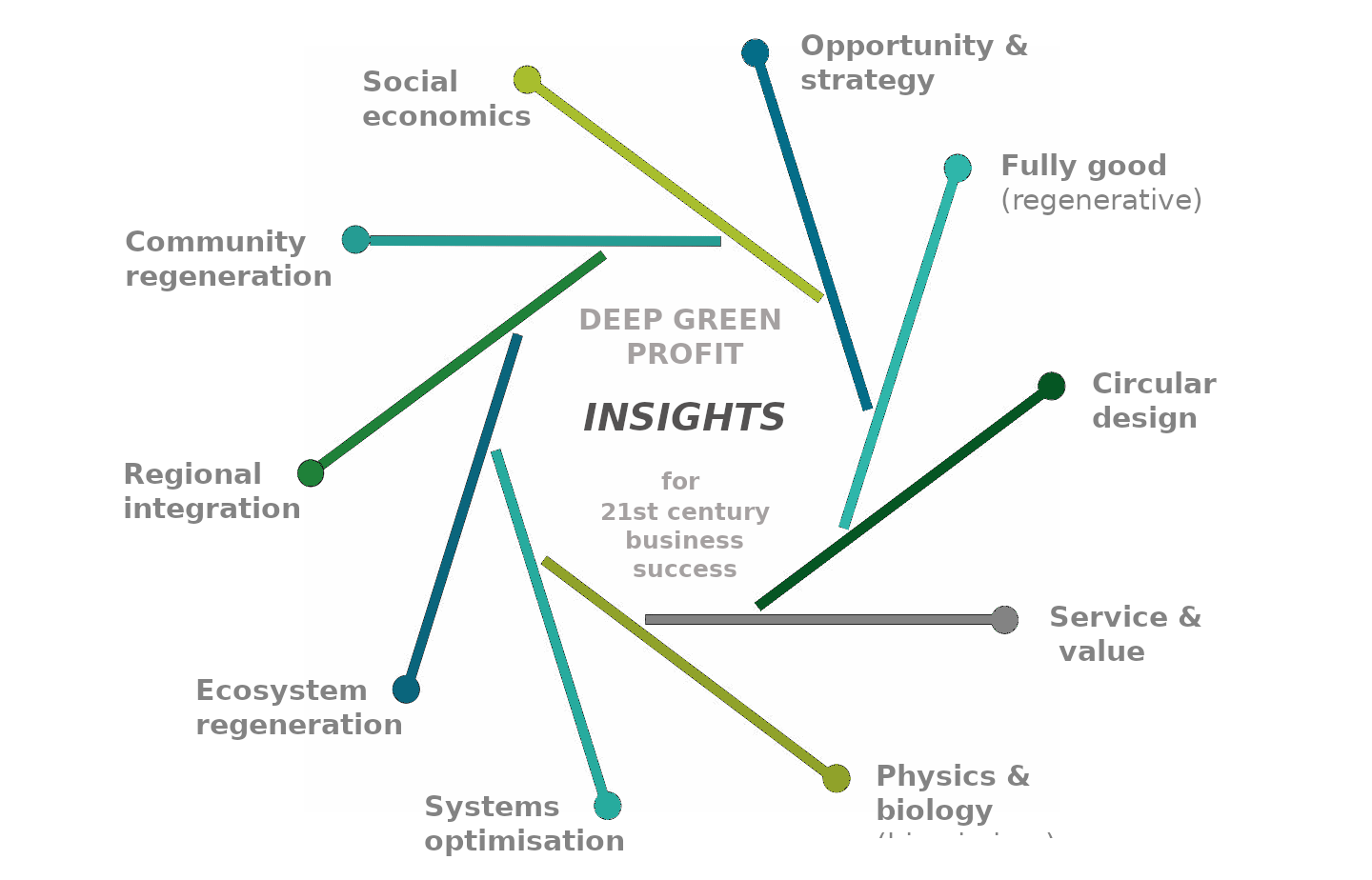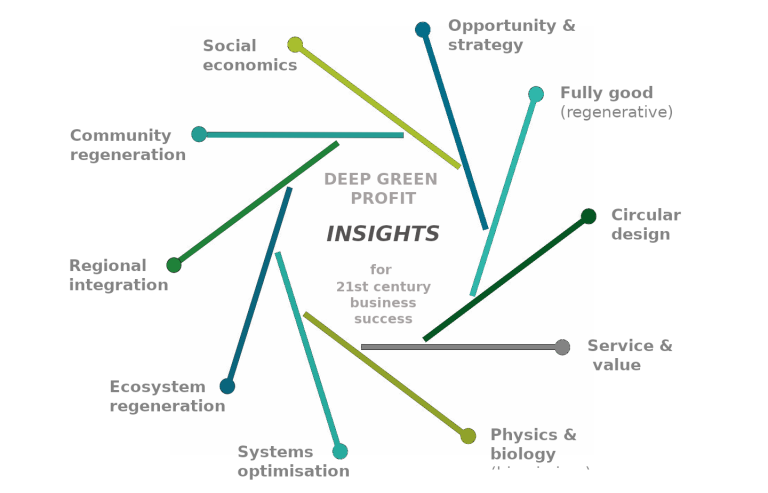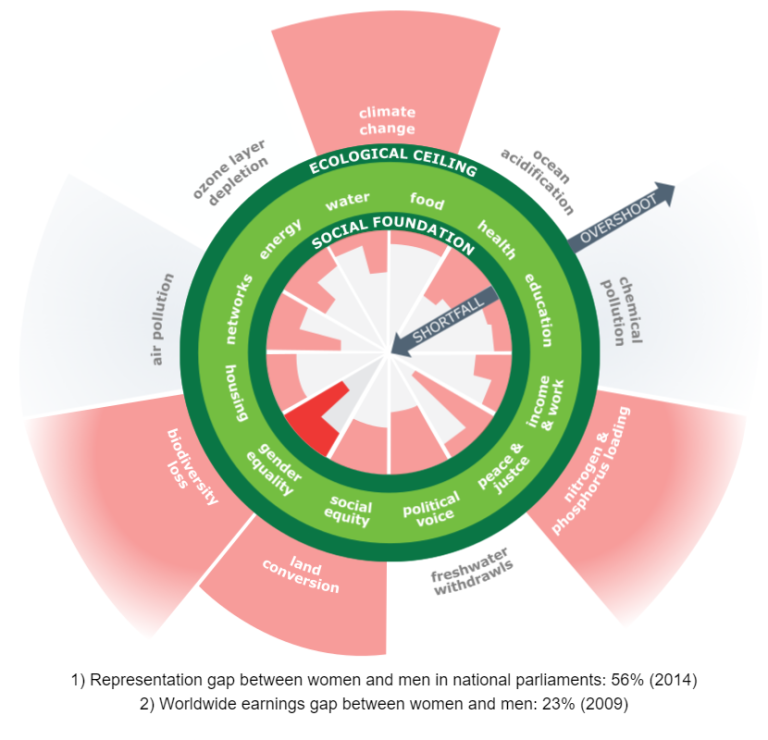The advantages of trading in service and value – not products
Business performance used to be measured in volume – volume of units sold. Success was selling more – more cars, more litres of solvent, more petroleum.
But that’s starting to change. Today most people rarely buy CD albums of music – instead they “rent” music as a service one track at a time. Computer software is increasingly delivered “in the Cloud” – Software as a Service is the growing norm for word processing, spreadsheets and business accounting.
The development of new business opportunities for delivering a valuable service rather than a commodity product isn’t just happening for digital products.
Examples include input materials in industry, from carpet tiles to industrial solvent.
In the game of business electricity generation, the right Power Purchase Agreement may deliver far more business value than buying solar panels.
In the service industries, lawyers are using digital solutions to reinvent “retainer” services for SMEs, while one graphic designer is offering T-shirt designs on a monthly membership basis.
Instead of buying carpet tiles for your next office refurbishment, could you “hire” them? Instead of buying and disposing of solvent in your factory, could a service company install a purpose-built recycling plant that improves your job quality and reduces your waste disposal costs?
What we really want is results, not “stuff”
More and more entrepreneurs are looking for opportunities and strategies to deliver growth in service and value, not volume. AirBNB delivers accomodation without owning a bed, Uber delivers food without owning a single restaurant.
The race is on to deliver self-driving, autonomous vehicles – up to and including flying taxis – because delivering mobility as a service offers massive efficiencies as well as convenience.
“How cars are owned and utilized today could not be less efficient: They are driven 4 percent of the time. If mobility comes to be viewed as an on-demand service—rather than private ownership of expensive, two-ton assemblages of steel, glass, plastic, and rubber—the material savings would be immense. “ Drawdown, 2017
Could your business hold the opportunity to deliver a valuable service?
This opportunity isn’t always easy to see, but it’s worth checking in on. What DOES your customer value about what you do? What’s going on in your industry?
Where are there repeated, expensive wastes in your supply chain? What might be possible if you looked for opportunities to turn sales (or purchases) into a service?
There’s an old saying that “no-one buys a drill bit at the hardware store because they want a drill bit – what they want is a hole in the wall”. Actually, what they really want is to hang a picture or make cabinet – find the underlying need and you could uncover a whole new business or career.
The more you know about the end value your customer places on your product or service, the better equipped you will be to explore their potential life time value to your business at a whole new level.
Stories, sources and resources
If you’re streaming music or movies, then you’re already part of this growing shift to value delivery. They’re part of a whole world of digital opportunity from “replacing atoms with bytes”.
To dive deeper, you could research Service Economy and Sharing Economy online – especially ask your search engine what’s happening in your region or industry.
If you’re a book junkie, then Natural Capitalism by Paul Hawken et al is a valuable read. Individual chapters are free to download – check out Chapter 1 The Next Industrial Revolution and Chapter 7 Muda, Service, and Flow.
There’s a post full of stories, sources and resources to get you started here: Product as a Service – stories, sources and resources.




